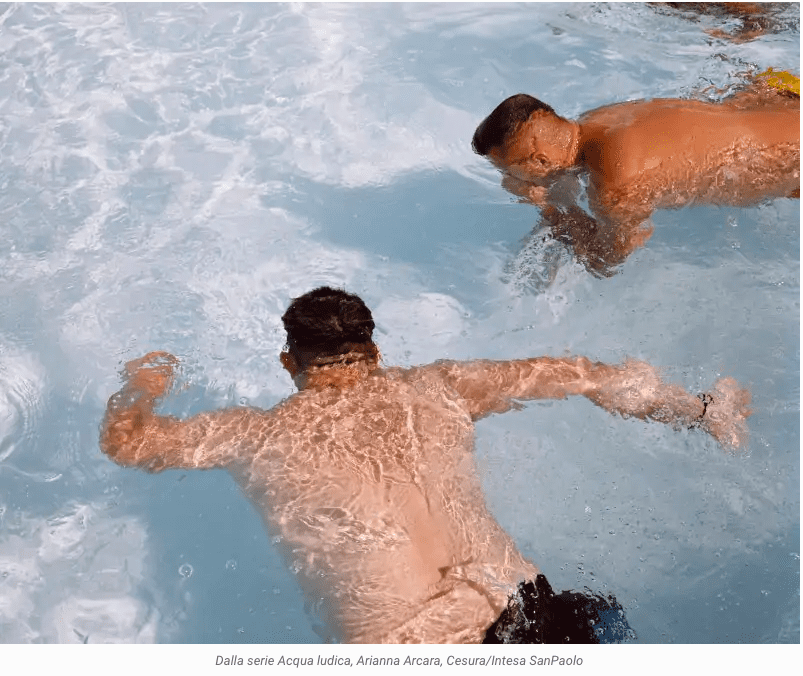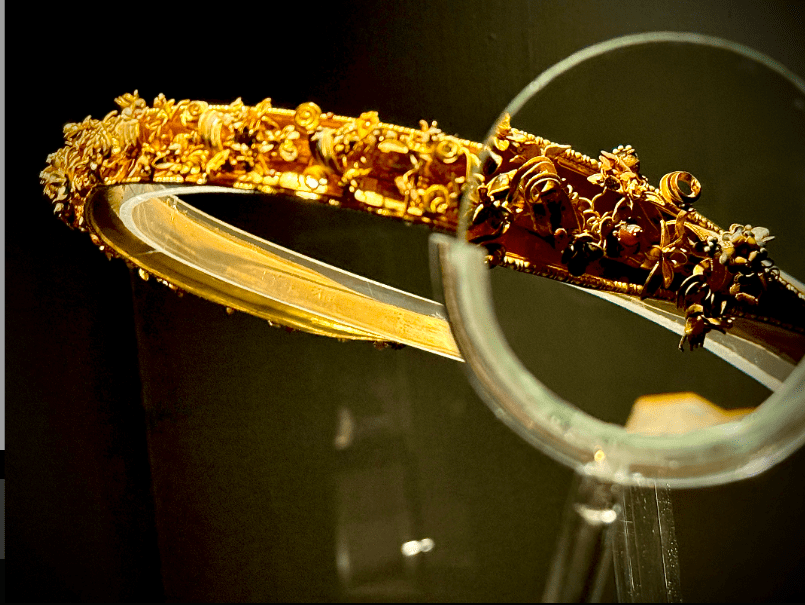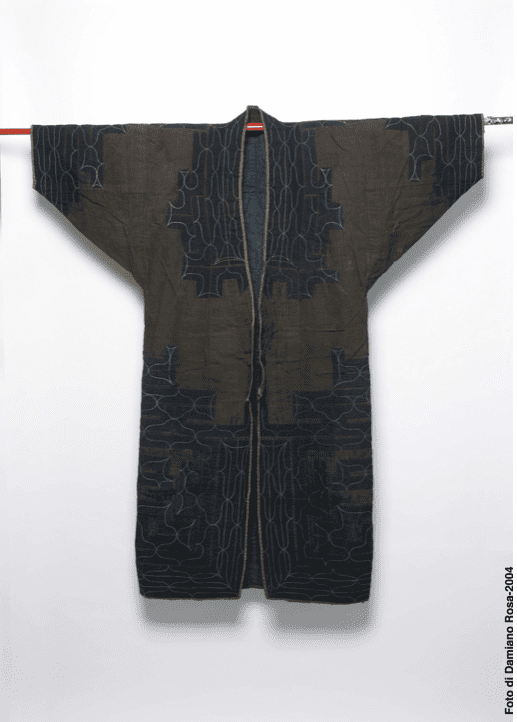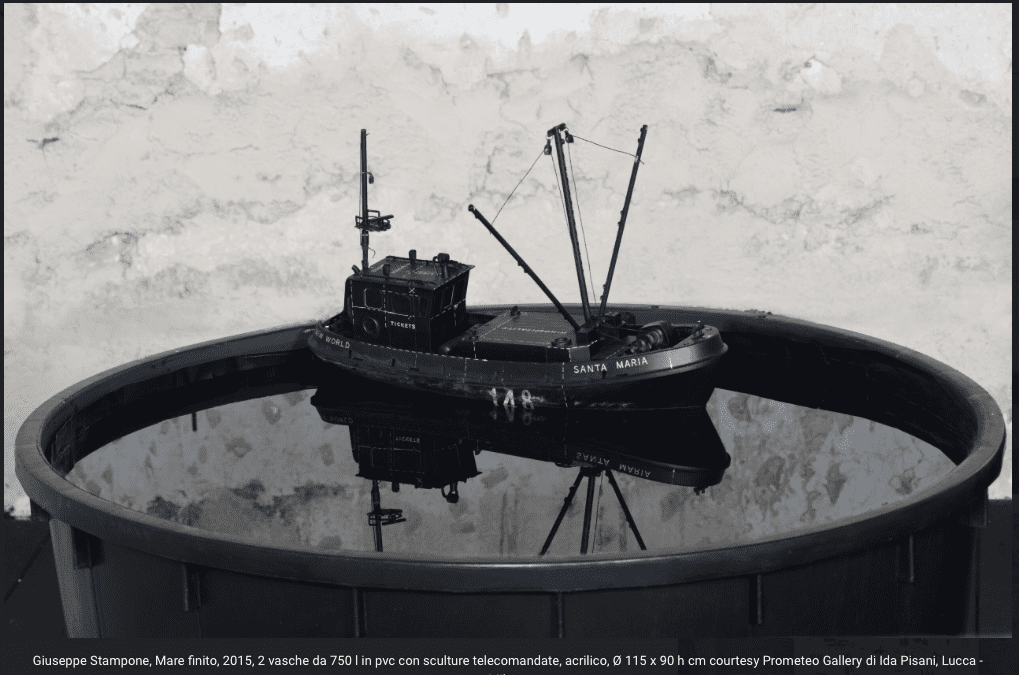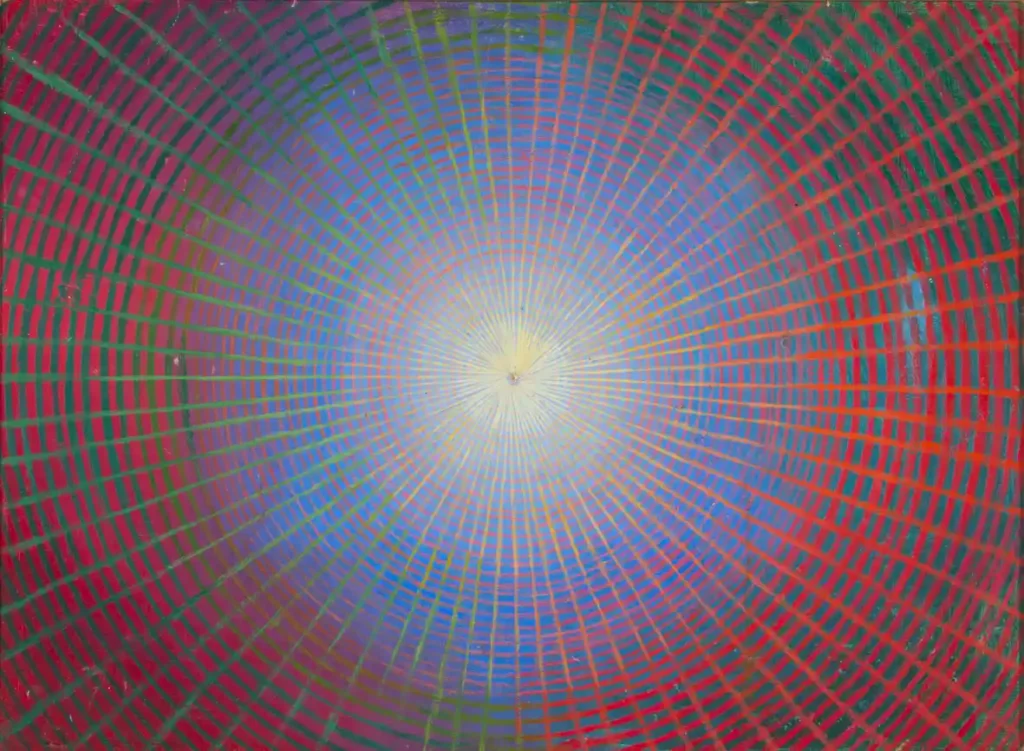
The 19th Biennale of Sydney: You Imagine What You Desire opened on March 21, with 200 works by 90 international artists across five venues.
After a month of controversy over the founding sponsor’s ties to the offshore detention of asylum seekers, which saw ten artists withdraw and the Biennale board’s chairman and key sponsor, Luca Belgiorno-Nettis resign, the artistic director, Juliana Engberg, urged audiences to now ‘focus on the art’. With five major sites, both geographically and atmospherically distinct, her broad thematic, one that considers the transfer and activation of attraction, intimacy and desire between artist and audience and artist, does indeed require focus. It’s an intriguingly diffuse one.
Cockatoo Island, a heritage-listed former shipyard and one time convict prison, has become the most high profile of Biennale venues, offering audiences a ‘day out’ along with their contemporary art experience. Engberg plays to this popular appeal while also evoking the larger metaphor of the island as fantasy destination, staging mostly specific commissions here including a child-sized village, a gym and a fun-ride.
The fun ride is in fact a miniature-railway, part of a work by Callum Morton called ‘The Other Side’, running through an original tunnel beneath a deep sandstone bluff. The train enters pitch dark via a huge sunlit Google homepage, and once inside, riders are subjected to smoke, alarming noises, strobe lights. But the punch line never quite arrives, rather it’s a neat, insider joke that recalls Morton’s earlier architectural ‘models’ where sounds, lights and narrative emerge in shocking snatches, instead he now places, and briefly traps, the audience within.
Two of the island’s most spectacular work sit in the vast Turbine Hall, with Eva Koch’s majestic ‘I am the River’, an ever-tumbling slo-mo waterfall forming a backdrop to the site of Norwegian Tori Wrånes performance ‘BOBO, this I can’t tell you’, where a brass section plays in the rafters, a huge pulsing rock swings towards Wrånes who, transformed into a velvet-clad troll, sings into her tail.
In the remote Naval Stores, Mikala Dwyer’s ‘The Hollows’ is a rare foray into sculptural beauty with a finely honed tension between ethereality and strength, while Lithuanian Ignas Krunglevicius’ powerful textual video work Interrogation has the pace, timing and shock of good television.
Engberg declared the MCA’s ‘itinerary’ as that of the ‘liquious and surreal’, and water and dreamscapes feature in many works. Pippilotti Rist’s ‘Mercy Garden Retour’, a large-scale video installation, offers up repose in the form of human-shaped cushions strewn on the floor and delivers a full immersion experience of joyful Edenic sensuality.
Roni Horn’s ‘Ten Liquid Incidents’ is similarly peaceful, though its icy, watery, brittlely reflective surfaces point towards rigorous contemplation rather than prelapsarian pleasure. ‘The Quiet Shore Meditative’ by David Claerbout transitions large scale photos of the Brittany seaside, meditative enough in itself but particularly so as the photographs reflect on a shiny but darkened floor, creating a swimmy, dreamlike abstract negative of light and shade.
In the basement at the Art Gallery of NSW, Engberg proposes a Promethean space, a place of rupture and social engagement but a sense of cohesion is less clear here. The Chinese performance artist Yingmei Duan perhaps best symbolises the Promethean trickster, with her work ‘Happy Yingmei’. As she occupies a cosseted ‘forest’ for five days a week for the Biennale’s duration, she continuously sings, hums, questions or delivers notes to those who enter, provoking a true exchange between artist and audience, a gently confronting, highly emotional, almost mystical experience to be had on an archetypal dark path.
Carriageworks utilises a new space for this year’s event, a vast ex-industrial hall, and later day film studio that houses works that reimagine the language of cinema and theatre, including Gabriel Lester’s set-like ‘Where Spirits Dwell’ and films and video works by Tacita Dean, Mathias Poledna, Broersen&Lukacs and Daniel McKewen.
Painting in this context is the oddly brave curatorial choice, and the work of Anna Tuori – ‘It’s All Now You See’, ‘Nobody Knew My Rose’ and ‘Blow Out Your Candles, Laura (II)’ – glow in the otherwise darkened space. Surfaces of solid colour oil is seemingly wiped away to reveal snowy landscape vignettes, summoning the audience to conjure up their own filmic narrative within a world that is not what it might first appear.
The final venue, Artspace, has five works that Engberg calls ‘flights of fancy’; Ugo Rondinone’s ‘primitive’, a flock of 59 individually sculpted and named bronze birds provide a pointer back to the natural world and sit well with the lush and thoughtful video works of Maxime Rossi, Sol Archer, Henna-Rikka Halonen and the photos of Taca Sui.
Undoubtedly the huge audiences that visit the Biennale of Sydney over the coming months will do what Engberg, and Nathan Coley’s illuminated works, entreat them – to imagine what they desire, to be part of the ‘amorous procedure of art’. But given the political storm that has been set in motion in Australia over corporate sponsorship and public funding of contemporary art, whether the focus can, and will, remain on the work is yet to be seen.
- Open:
Friday, 21 March 2014 - Close:
Monday, 09 June 2014 - Address:
Locations: Cockatoo Island, Sydney Harbour (ferries depart from Wharf 6, Circular Quay; return fare is $7); MCA (Museum of Contemporary Art Australia), 140 George Street, The Rocks; AGNSW (Art Gallery of NSW), Art Gallery Road; Carriageworks, 245 Wilson St, Eveleigh; Artspace, 3–51 Cowper Wharf Road, Woolloomooloo. - Phone:
+61 2 8484 8700 - Web:
Biennale of Sydney - Opening hour:
Daily | Various - Admission:
Free - Photo credits:
1. Callum Morton: The Other Side, 2014, mixed media, dimensions variable, installation view of the 19th Biennale of Sydney (2014) at Cockatoo Island, photograph by Ben Symons; 2. Pipilotti Rist: Mercy Garden Retour Skin, 2014, six-channel HD video installation, sound, carpet, pillows, installation view of the 19th Biennale of Sydney at the Museum of Contemporary Art Australia, courtesy the artist, photograph by Ben Symons; 3. Yingmei Duan: Happy Yingmei, 2011, performance and sound installation at Lilith Performance Studio, Malmö, photograph: Lilith Performance Studio, courtesy the artist; 4. Roni Horn: Ten Liquid Incidents, 2010–12 solid cast glass, ten units 45.5 x 91.5 cm (diameter) each, installation view of the 19th Biennale of Sydney at the Museum of Contemporary Art Australia, courtesy Leeum, Samsung Museum of Art, Seoul, photograph by Ben Symons; 5.David Claerbout: The Quiet Shore, 2011, single-channel black and white, silent video projection, 36:32 minutes, courtesy the artist; Hauser & Wirth, Zurich, London and New York; Yvon Lambert, Paris; and Galerie Micheline Szwajcer, Belgium, © David Claerbout.

